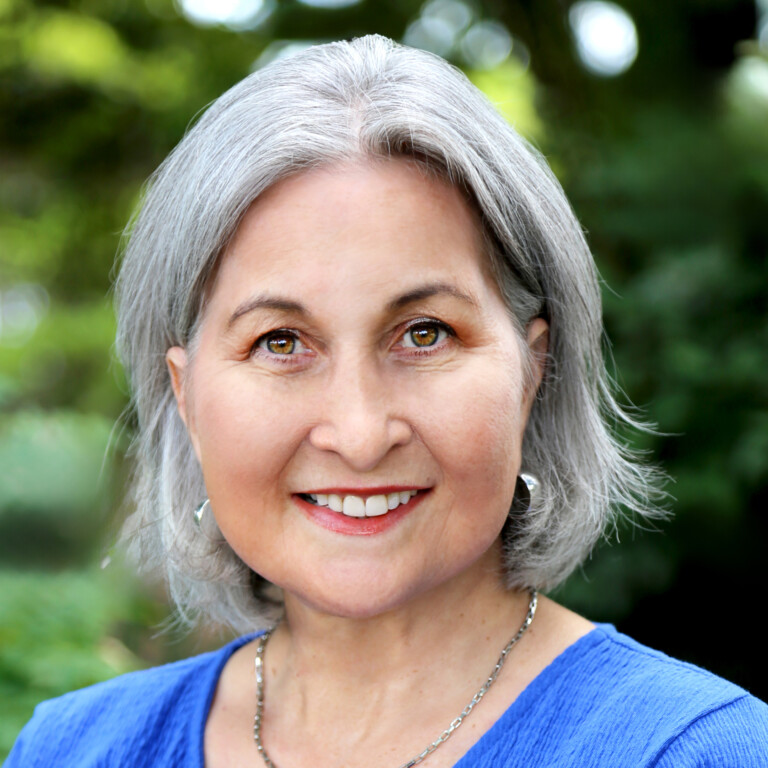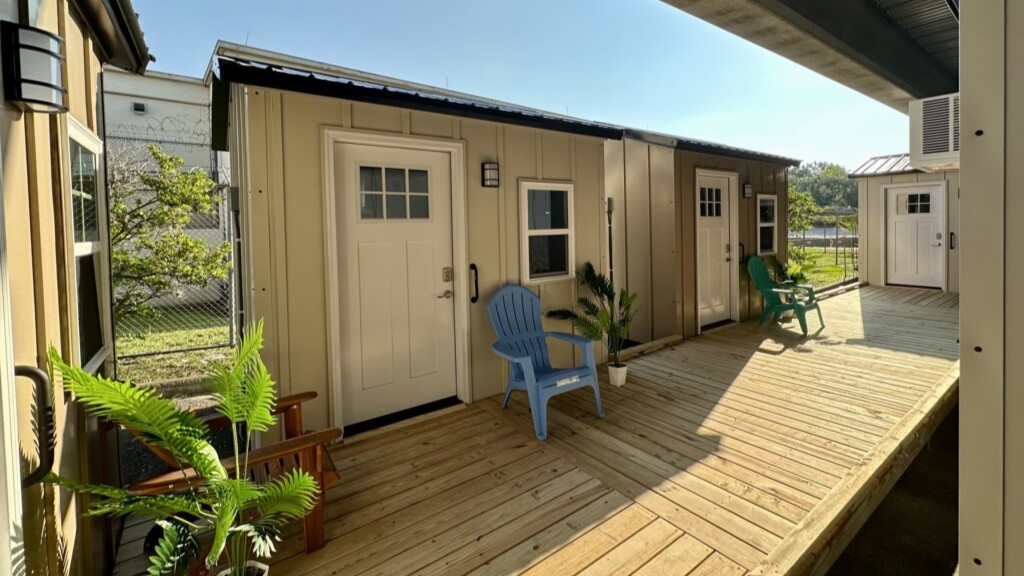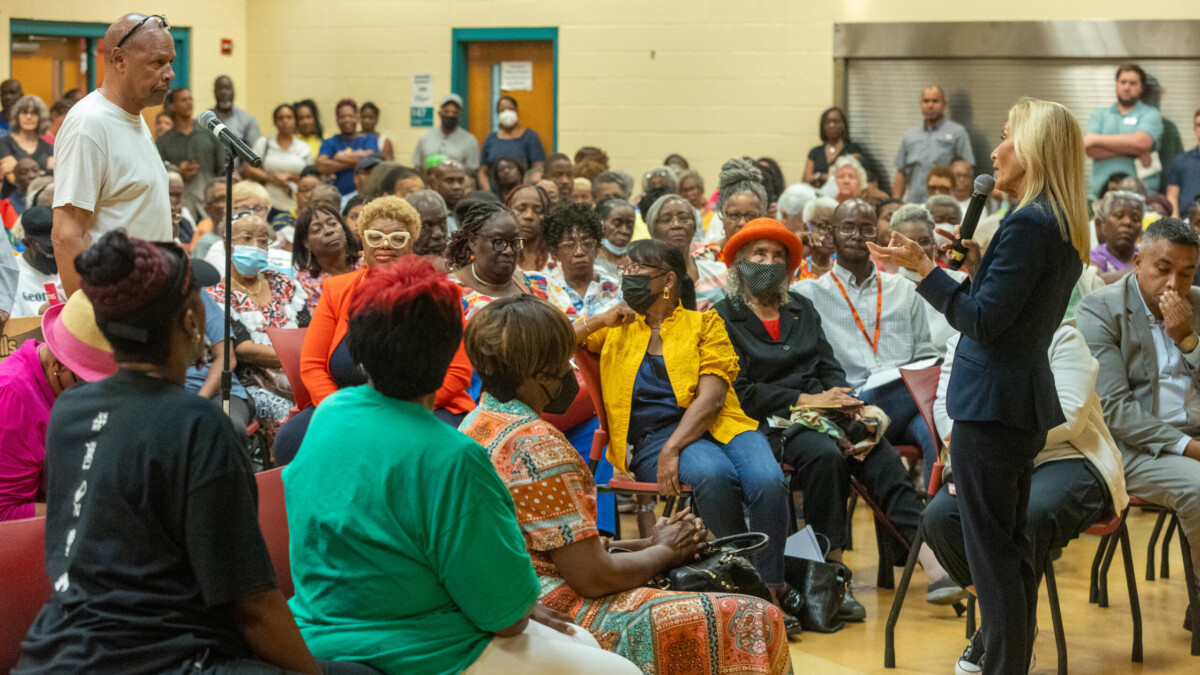Florida’s new law prohibiting sleeping in public spaces is prompting Jacksonville to provide more temporary housing for homeless people. That’s why 10 tiny homes are going in next to the Sulzbacher men’s shelter Downtown.
A $350,750 grant from the Jessie Ball duPont Fund financed Sulzbacher’s “Tiny House Village.” The collaboration between the duPont Foundation and the Jacksonville Fire and Rescue Department will expand Sulzbacher’s housing capacity to help more people living on the street.
The cluster of 10 houses, under a ramp to the Hart bridge, is across from the Urban Rest Stop on 611 E. Adams St. The village will be ready in late October.
The 8- by 10-foot shed-sized structures give JFRD an alternative to calling police when people won’t go to the regular shelter.
JFRD operates PATH teams — short for Providing Assistance to the Homeless — to help people on the streets.
DuPont’s director of impact investing, Chris Crothers, explained that many people with mental challenges have a fear of going into group shelters. “So they would rather stay outside than go into a congregate shelter, and this is offering what I think is a very elegant and efficient solution to those who are most difficult to house,” Crothers said.
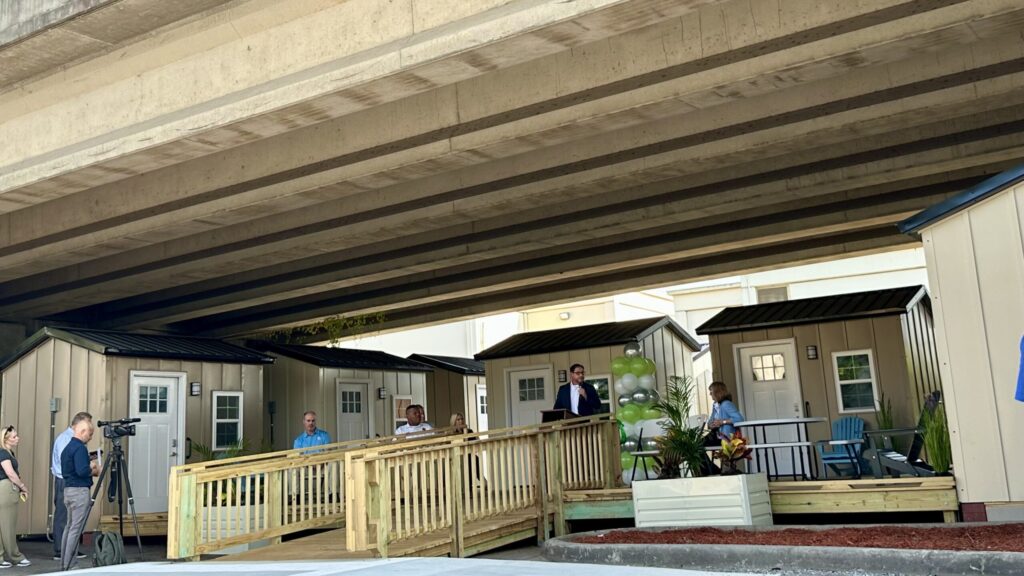
“We are thrilled to partner with JFRD, the duPont Foundation and Synergy Steel to help expand housing options for those who need it most,” said Cindy Funkhouser, president and CEO of Sulzbacher.
Although the tiny homes are adjacent to the men’s shelter, women will eventually be in them too. Funkhouser said more than 50% of the people on the street now are single women, which is a first in history.
“We’re completely maxed out at the women’s campus, so we’re going to have to start adding women to the men’s campus because there’s so many more women now,” Funkhouser said. She hopes to get more city money to expand shelter beds.
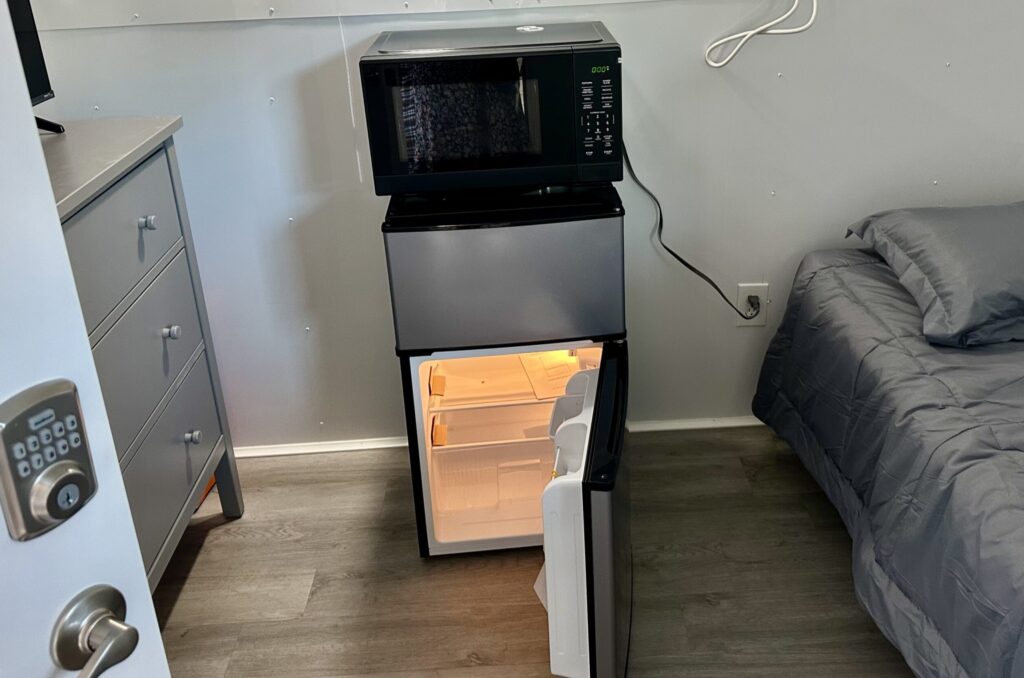
Each tiny house has a bed, refrigerator, television and microwave, but no connection to plumbing. The Urban Rest Stop (just across the way and an existing Sulzbacher resource) has facilities that include laundry, showers, bathrooms, mail service and lunch and dinner.
Tiny-home residents aren’t under any time constraints to move out — “30 days, 60 days, 90 days?” Funkhouser said. “We’re hoping it won’t take longer than 90 days to get folks out of here and into a permanent situation.”
As part of the grant funding, a dedicated case manager assists each tiny-home resident.
